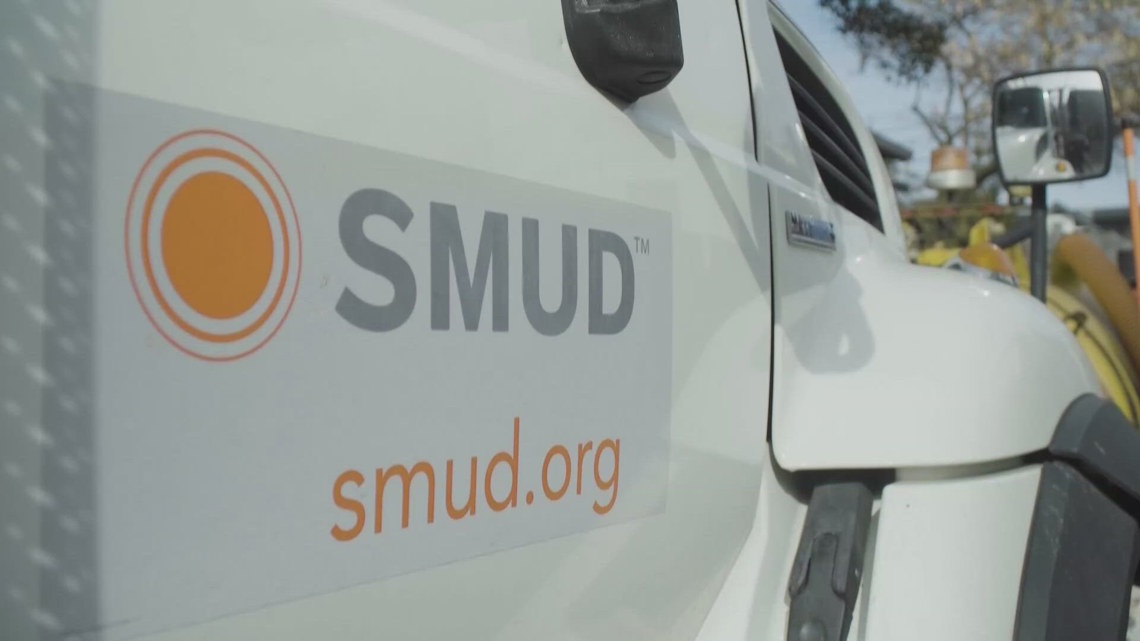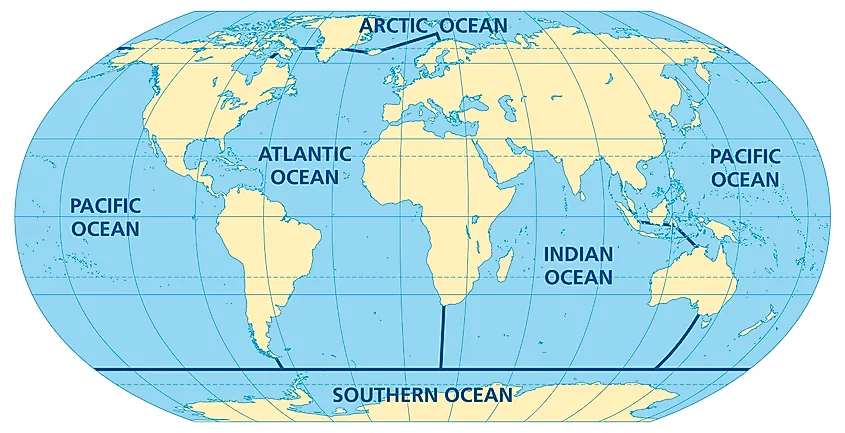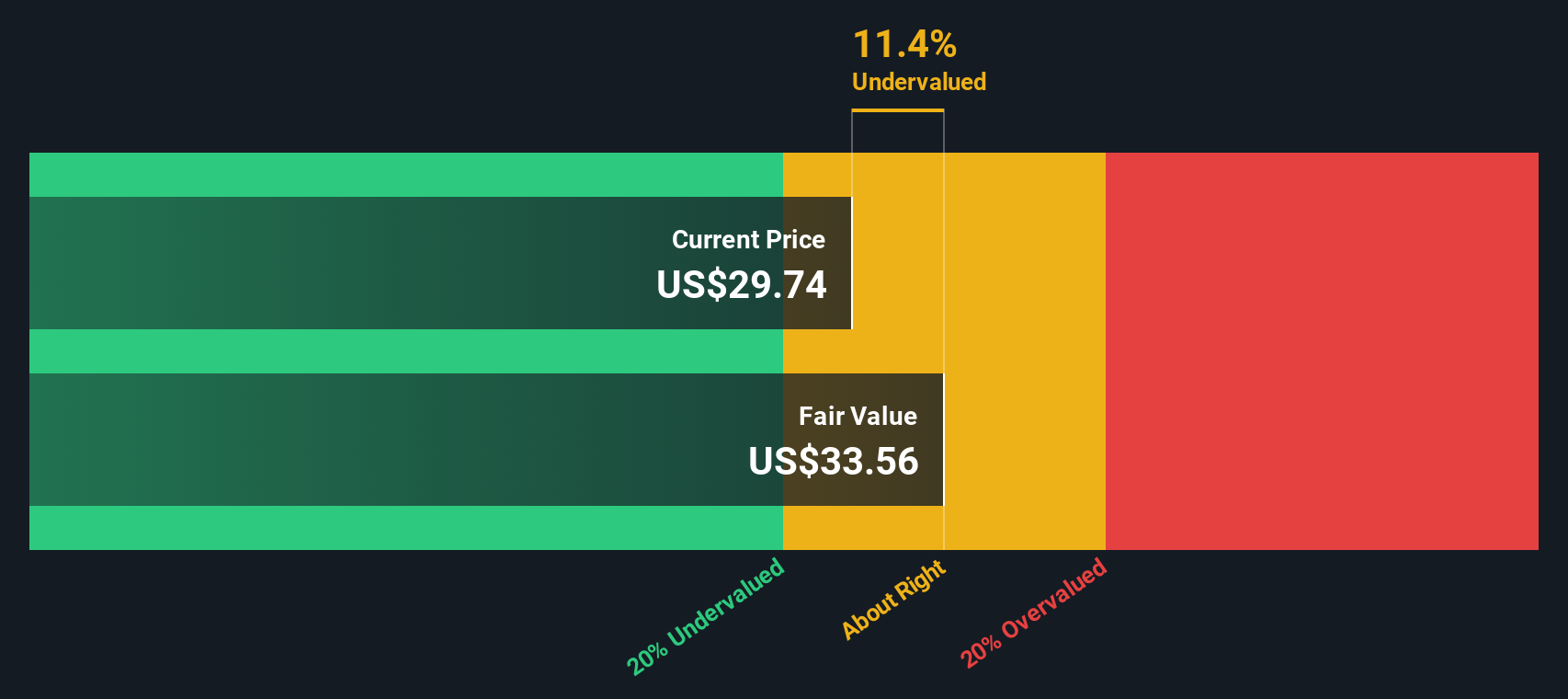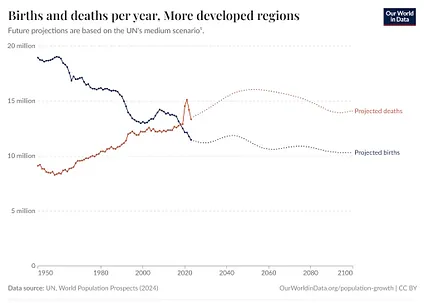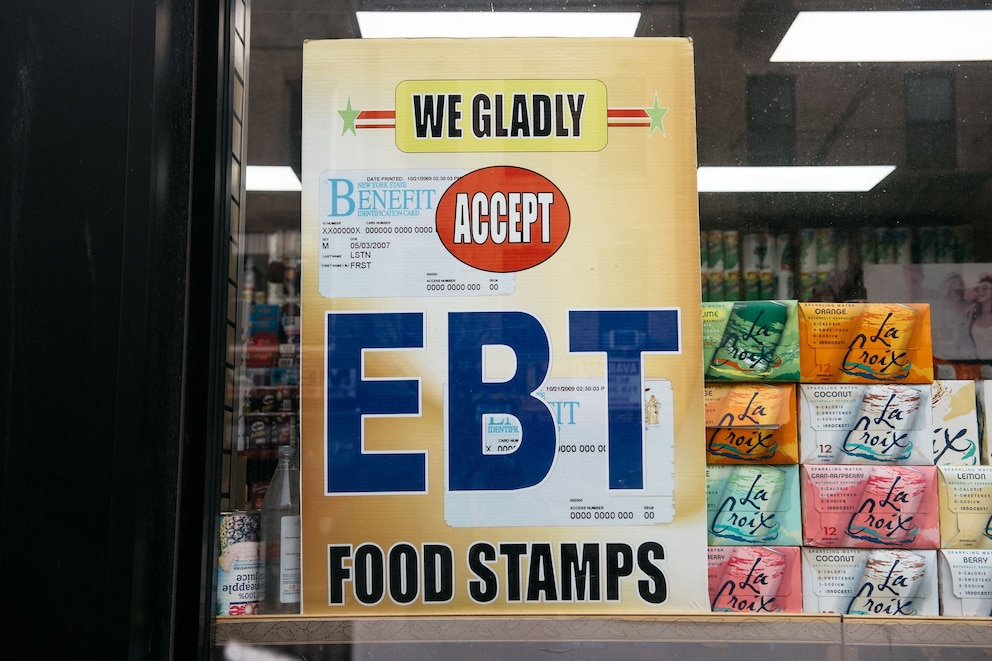GUEST OPINION: Minimum wage falling further behind the cost of living – Colorado Springs Gazette

Report on the Federal Minimum Wage and its Implications for Sustainable Development Goals
Introduction: Stagnation of Federal Minimum Wage and its Impact on Sustainable Development
The United States federal minimum wage has remained at $7.25 per hour since July 24, 2009, marking the longest period in history without an increase. This stagnation has significant consequences for national progress toward key United Nations Sustainable Development Goals (SDGs), particularly SDG 1 (No Poverty), SDG 8 (Decent Work and Economic Growth), and SDG 10 (Reduced Inequalities). The failure to adjust the minimum wage to the cost of living undermines the financial stability of low-wage workers and impedes equitable economic development.
The Erosion of Living Standards and SDG 1 (No Poverty)
A static minimum wage in a climate of rising living costs directly contravenes the objectives of SDG 1, which aims to end poverty in all its forms. The purchasing power of the federal minimum wage has severely declined, pushing full-time workers and their families closer to or into poverty.
Historical Decline in Real Value
The real value of the federal minimum wage peaked in 1968, when it was equivalent to $15.09 in 2025 dollars. The current rate of $7.25 represents a significant loss in buying power. For an individual working 40 hours per week, 52 weeks a year, this amounts to an annual income of just $15,080, a figure that falls below the poverty threshold for many household sizes.
Impact on Low-Wage Sector Employment
Even in roles where hourly pay exceeds the federal minimum, wages are often insufficient to cover basic necessities, a direct challenge to achieving SDG 1. Analysis of median wages in various states highlights this struggle:
- Home Health Aides: In Louisiana, the median hourly wage was $10.18 in 2024.
- Fast Food Cooks: Median wages were $10.70 in Mississippi and $11.73 in Texas.
- Childcare Workers: Median wages were $10.46 in Mississippi, $10.63 in Louisiana, and $10.78 in Alabama.
As the median represents the midpoint, half of all workers in these essential sectors earn less than these amounts, demonstrating a systemic issue of low pay that perpetuates poverty.
Promoting Decent Work and Economic Growth (SDG 8)
SDG 8 advocates for sustained, inclusive, and sustainable economic growth, full and productive employment, and decent work for all. The original 1938 Fair Labor Standards Act sought to eliminate labor conditions “detrimental to the maintenance of the minimum standard of living necessary for health, efficiency and general well-being of workers.” The current federal minimum wage fails to meet this standard of “decent work.”
The Business Case for a Fair Minimum Wage
Raising the minimum wage aligns with the principles of sustainable economic growth as outlined in SDG 8. Research indicates that a higher wage floor yields significant benefits for businesses, including:
- Lower employee turnover, reducing hiring and training costs.
- Increased productivity and improved employee morale.
- Enhanced customer service quality.
- Boosted consumer spending, as workers have more disposable income.
These factors contribute to a more stable and robust economic environment, demonstrating that fair pay is a critical component of a healthy economy.
Addressing National Disparities and SDG 10 (Reduced Inequalities)
SDG 10 aims to reduce inequality within and among countries. In the United States, the absence of a sufficient federal minimum wage has created a fractured landscape of wage policies, exacerbating economic inequality between states.
State-Level Minimum Wage Landscape
The states are divided regarding minimum wage policy, creating significant regional disparities:
- Federal Minimum Adherence: Twenty states have a minimum wage at or below the federal $7.25 level. Five of these states (Alabama, Louisiana, Mississippi, South Carolina, and Tennessee) have no state-level minimum wage at all.
- Higher State Minimums: Thirty states and the District of Columbia have implemented minimum wages higher than the federal rate.
- States Moving Toward $15 or Higher: Seventeen states plus D.C. have a minimum wage of at least $15 per hour or are phasing in increases to reach that threshold. The highest rates are currently in the District of Columbia ($17.95) and Washington State ($16.66).
Case Study: Wage Disparity and Inequality
The wage gap between states with different minimum wage policies illustrates a direct contribution to inequality. For example, the median hourly wage for childcare workers in Pennsylvania, which adheres to the $7.25 federal minimum, was $13.62. In neighboring New York, which has repeatedly raised its minimum wage, the median wage for the same occupation was $17.61. This disparity directly impacts the economic security of workers based solely on geography, undermining the goal of reducing inequality.
Conclusion: Federal Action Required for Sustainable Development
The stagnation of the federal minimum wage is a critical barrier to achieving fundamental Sustainable Development Goals. It actively contributes to poverty (SDG 1), fails to provide decent work or foster inclusive economic growth (SDG 8), and widens economic inequality across the nation (SDG 10). While state and local actions are important, they have resulted in a patchwork of standards that perpetuates disparity. A substantial increase in the federal minimum wage is a necessary policy action to ensure a baseline standard of living, promote equitable economic well-being, and align national policy with global sustainable development objectives.
Which SDGs are addressed or connected to the issues highlighted in the article?
-
SDG 1: No Poverty
The article connects directly to SDG 1 by highlighting how the stagnant federal minimum wage fails to provide a living wage, pushing full-time workers and their families towards poverty. It explicitly states that “When the minimum wage is too low, workers can be making more than the minimum and still struggle to pay for rent, food and other necessities.” This struggle to afford basic needs is a core dimension of poverty.
-
SDG 8: Decent Work and Economic Growth
This is the most central SDG in the article. The entire discussion revolves around the federal minimum wage, which is a fundamental component of decent work. The article references the Fair Labor Standards Act of 1938, which aimed to eliminate labor conditions “detrimental to the maintenance of the minimum standard of living necessary for health, efficiency and general well-being of workers.” It also argues that raising the wage boosts economic growth through increased “consumer spending,” “lower employee turnover,” and “increased productivity.”
-
SDG 10: Reduced Inequalities
The article addresses inequality within a country by detailing the vast disparities in wages between different states. It points out that “Twenty states have minimum wages no higher than the $7.25 federal level,” while “Seventeen states plus D.C. have a minimum wage of $15 or higher or are phasing in scheduled increases.” This contrast, such as the median wage for childcare workers in Pennsylvania ($13.62) versus neighboring New York ($17.61), exemplifies the growing income inequality driven by differing state-level wage policies.
What specific targets under those SDGs can be identified based on the article’s content?
-
Target 1.2: By 2030, reduce at least by half the proportion of men, women and children of all ages living in poverty in all its dimensions according to national definitions.
The article’s call to raise the minimum wage is a direct strategy to combat in-work poverty. By arguing that the current wage of $7.25 per hour ($15,080 annually) is insufficient to live on, the article implicitly advocates for a policy that would reduce the proportion of the population living below a nationally relevant poverty or low-income threshold.
-
Target 8.5: By 2030, achieve full and productive employment and decent work for all women and men… and equal pay for work of equal value.
This target is addressed through the article’s core argument for a “decent wage.” The discussion of low median wages for roles like home health aides, fast food cooks, and childcare workers underscores the lack of decent work for millions. The call to raise the federal minimum wage is a call to ensure that work is fairly remunerated, aligning with the principle of “decent work for all.”
-
Target 10.4: Adopt policies, especially fiscal, wage and social protection policies, and progressively achieve greater equality.
The article is a clear advocacy piece for the adoption of a specific “wage policy”—an increase in the federal minimum wage. This policy is presented as a tool to achieve greater equality by raising the floor for the lowest-paid workers and reducing the income gap between them and higher earners, as well as narrowing the wage disparities between states.
Are there any indicators mentioned or implied in the article that can be used to measure progress towards the identified targets?
-
Indicator for Target 8.5: Average hourly earnings of employees, by occupation.
The article provides extensive and specific data that directly serves as this indicator. It mentions:
- The federal minimum wage: $7.25 per hour.
- The inflation-adjusted peak minimum wage: $15.09 in 2025 dollars.
- Median hourly wages for specific occupations: $10.18 for home health aides in Louisiana, $10.70 for fast food cooks in Mississippi, and $10.46 for childcare workers in Mississippi.
- The number of low-wage workers: “more than 14 million workers are paid less than $15 per hour” and “nearly 27 million make less than $17.”
-
Indicator for Target 10.4: Existence and level of a statutory minimum wage.
The article provides a detailed breakdown of this indicator across the United States. It specifies:
- The number of states with minimum wages at or below the federal level: “Twenty states have minimum wages no higher than the $7.25 federal level.“
- The number of states with no state-level minimum wage: “Five of those states — Alabama, Louisiana, Mississippi, South Carolina and Tennessee — don’t even have a state minimum wage.“
- The number of states with significantly higher minimum wages: “Seventeen states plus D.C. have a minimum wage of $15 or higher or are phasing in scheduled increases.“
-
Implied Indicator for Target 1.2: Proportion of the working population earning less than a living wage.
While not using a formal statistical term, the article implies this indicator by describing the gap between wages and the cost of living. The statement that the minimum wage has fallen “further and further behind the rising cost of living” and that workers “struggle to pay for rent, food and other necessities” points to the need to measure how many workers earn a wage that is insufficient to maintain a “minimum standard of living.” The figure of “14 million workers… paid less than $15 per hour” serves as a proxy for this indicator, as $15 is often cited as a benchmark for a living wage in these discussions.
SDGs, Targets, and Indicators Analysis
| SDGs | Targets | Indicators Identified in the Article |
|---|---|---|
| SDG 1: No Poverty | 1.2: Reduce at least by half the proportion of people living in poverty in all its dimensions. | Implied Indicator: The proportion of the working population unable to afford basic necessities (“rent, food and other necessities”), as evidenced by the inadequacy of the $7.25/hour wage. |
| SDG 8: Decent Work and Economic Growth | 8.5: Achieve full and productive employment and decent work for all, and equal pay for work of equal value. | Specific Indicator Data:
|
| SDG 10: Reduced Inequalities | 10.4: Adopt policies, especially fiscal, wage and social protection policies, to achieve greater equality. | Specific Indicator Data: The level of statutory minimum wage by state.
|
Source: gazette.com

What is Your Reaction?
 Like
0
Like
0
 Dislike
0
Dislike
0
 Love
0
Love
0
 Funny
0
Funny
0
 Angry
0
Angry
0
 Sad
0
Sad
0
 Wow
0
Wow
0











